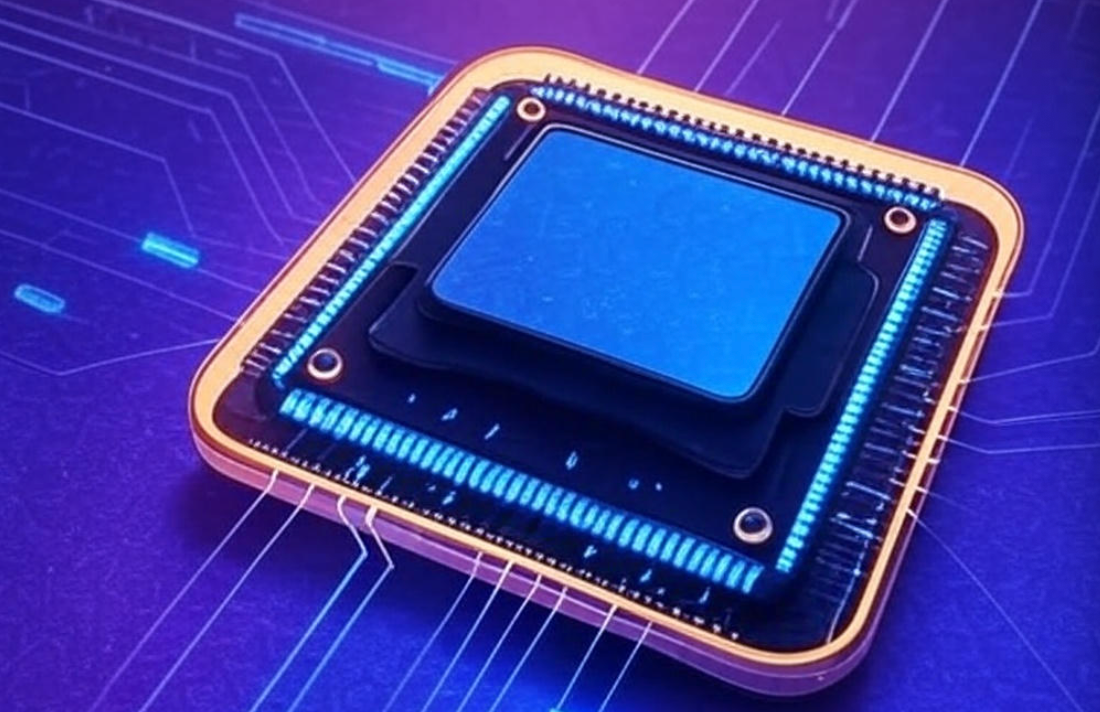


As single-chip power levels exceed the kilowatt range and heat flux climbs beyond 1,000 W/cm², conventional air cooling can no longer keep up. Only a coordinated approach—combining microchannel heat extraction, intelligent flow control and MEMS-based air cooling—can deliver a stable, efficient and sustainable thermal loop for unleashing next-generation computing power.
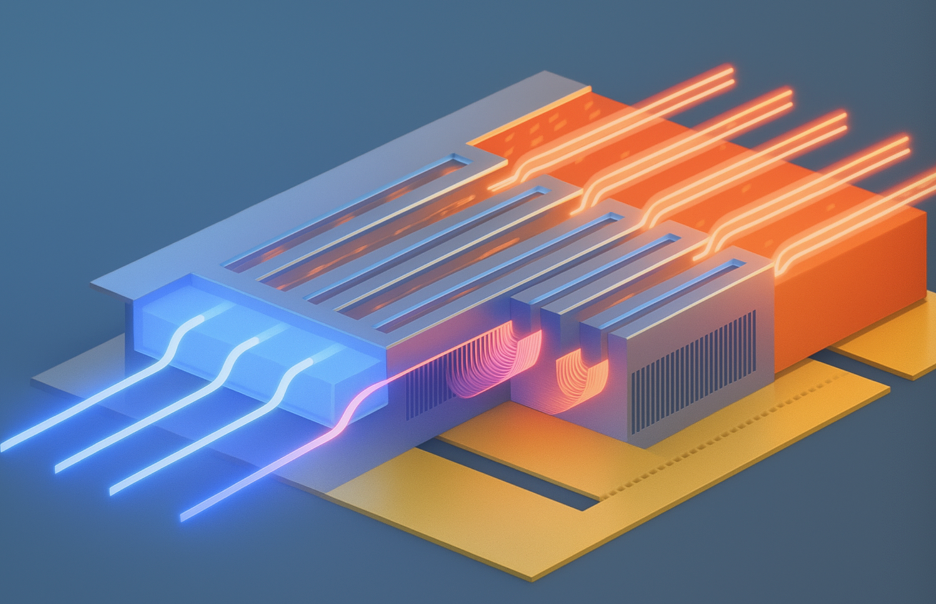
Next-generation liquid cooling, such as GPUs with embedded microchannels, moves the heat-removal frontier down to the micron scale. While microchannels rapidly extract heat from the chip core, insufficient coolant circulation or lack of phase change can still trap heat inside the system.
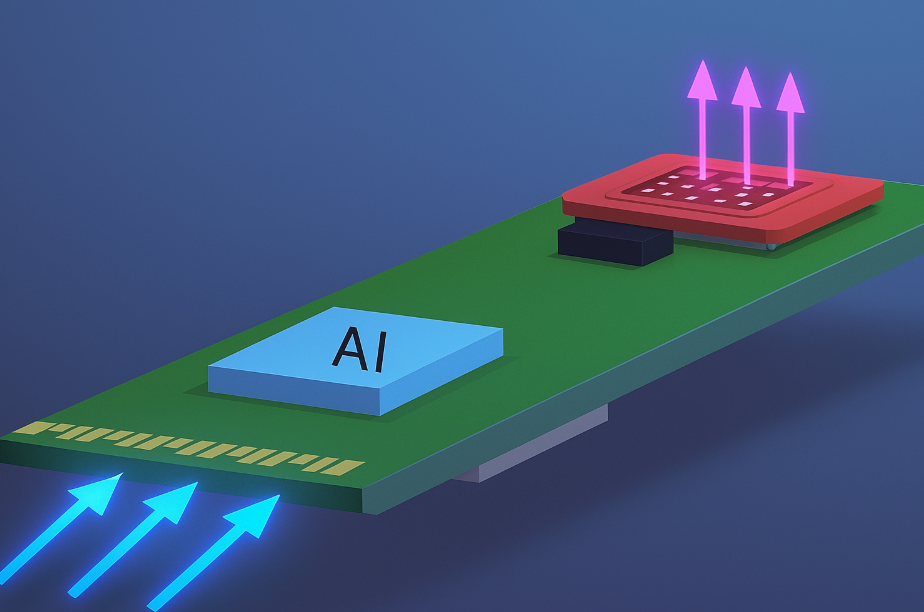
Flow rate and balance in liquid lines directly define cooling efficiency. High-precision flow sensors allow real-time monitoring, dynamic adjustment and early anomaly detection. This ensures uniform coolant distribution across all microchannels, prevents local hot spots and boosts overall system reliability. In practice, such intelligent flow control can cut pump energy consumption by more than 40 % while providing “tactile intelligence” to handle load transients, bubble formation and micro-leaks—transforming liquid cooling from passive dissipation to active thermal management.
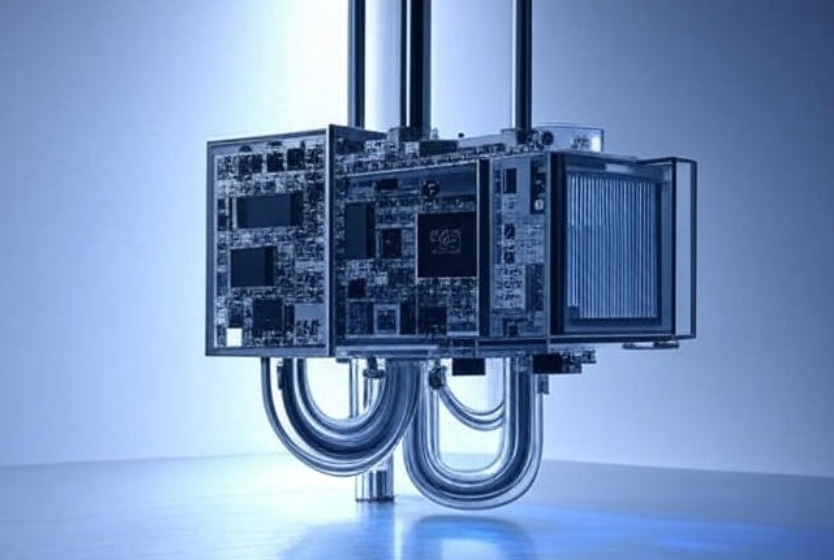
When phase change does not occur within the channels, heat must be rejected at the system periphery. Combining phase-change cooling with MEMS micro-fans enables highly efficient heat removal at the cold plate or heat sink. MEMS air cooling, with its millimetre-scale thickness and high power density, is particularly suited to space-constrained edge devices such as autonomous driving controllers or robotic joints.
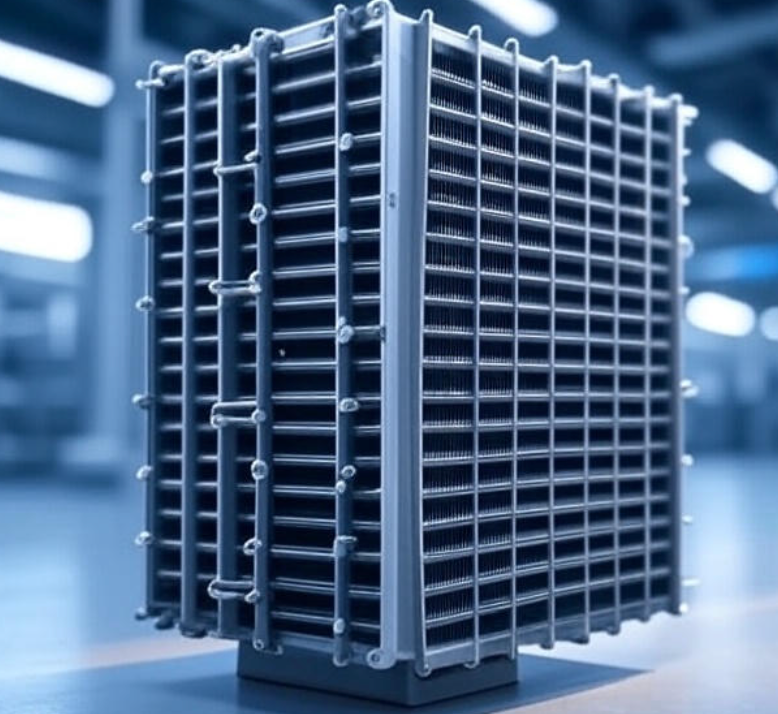
True system-level cooling integrates three indispensable steps:
Heat extraction through microchannels;
Heat transport via intelligent flow control;
Heat rejection with phase-change cooling and MEMS air cooling.
Only through such synergy can data centres, edge servers and mobile robots achieve optimal thermal performance and sustain the computing demands of the Zettascale era—creating an intelligent, green and ubiquitous “thermal core” for the future.
